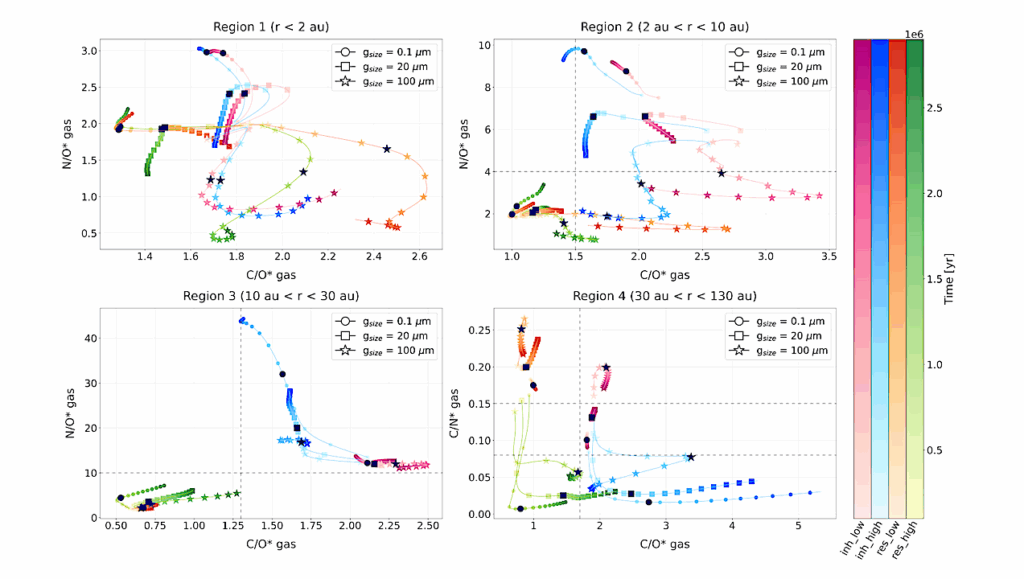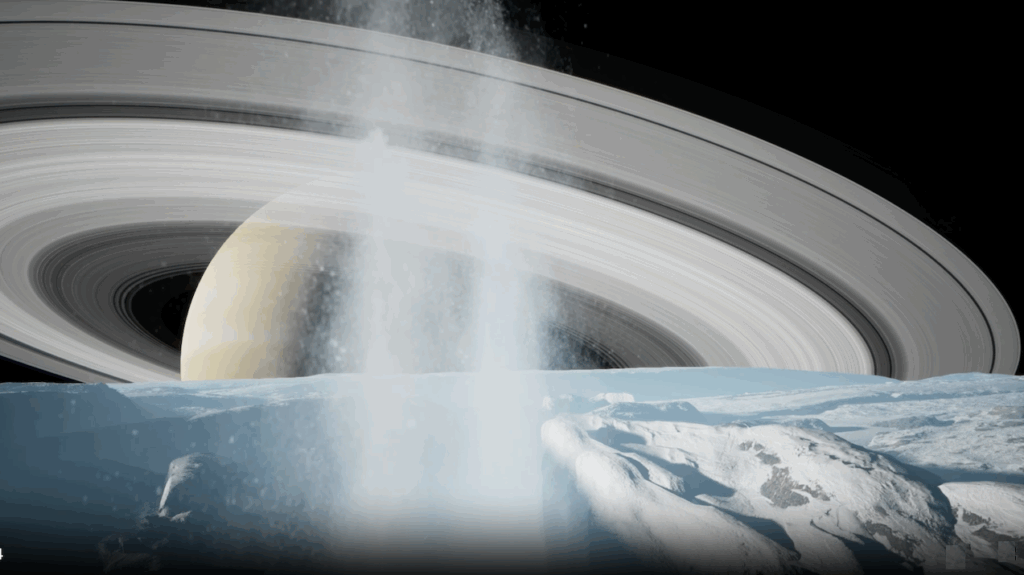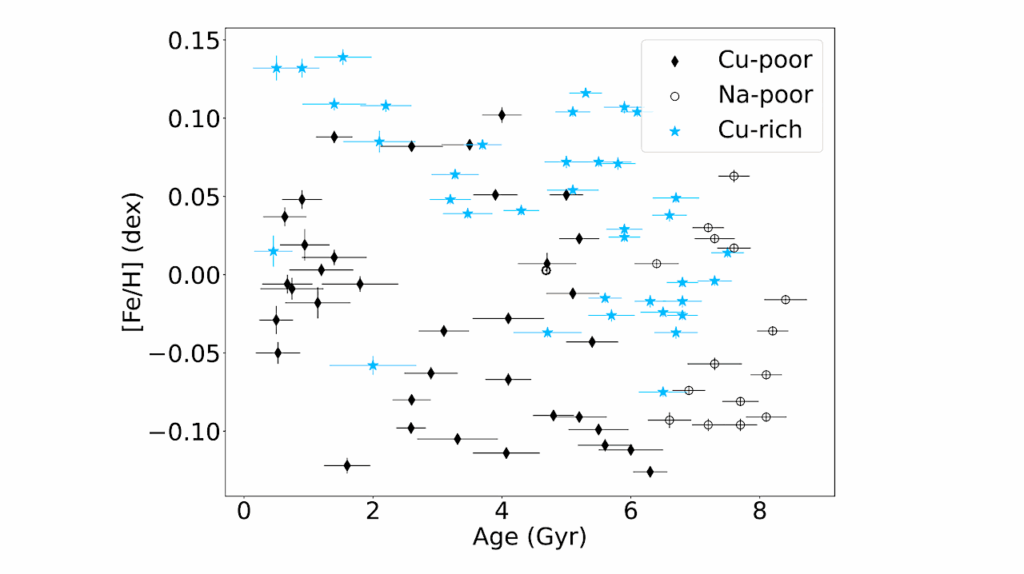Laboratory Blueprints For Interstellar Searches Of Aromatic Chiral Molecules: Rotational Signatures Of Styrene Oxide

The tracking of symmetry-breaking events in space is a longlasting goal of astrochemists, aiming at an understanding of homochiral Earth chemistry. One current effort at this frontier aims at the detection of small chiral molecules in the interstellar medium.
For that, high-resolution laboratory spectroscopy data is required, providing blueprints for the search and assignment of these molecules using radioastronomy. Here, we used chirped-pulse Fourier transform microwave and millimeter-wave spectroscopy and frequency modulation absorption spectroscopy to record and assign the rotational spectrum of the chiral aromatic molecule styrene oxide, C6H5C2H3O, a relevant candidate for future radioastronomy searches. Using experimental data from the 2-12, 75-110, 170-220, and 260-330 GHz regions, we performed a global spectral analysis, complemented by quantum chemistry calculations.
A global fit of the ground state rotational spectrum was obtained, including rotational transitions from all four frequency regions. Primary rotational constants as well as quartic and sextic centrifugal distortion constants were determined. We also investigated vibrationally excited states of styrene oxide, and for the three lowest vibrational states, we determined rotational constants including centrifugal distortion corrections up to the sextic order.
In addition, spectroscopic parameters for the singly-substituted 13C and 18O isotopologues were retrieved from the spectrum in natural abundance and used to determine the effective ground state structure of styrene oxide in the gas phase. The spectroscopic parameters and line lists of rotational transitions obtained here will assist future astrochemical studies of this class of chiral organic molecules.
Pascal Stahl, Benjamin E. Arenas, Sérgio R. Domingos, Guido W. Fuchs, Melanie Schnell, Thomas F. Giesen
Comments: Electronic pre-print version of the pre-submission. The original peer-reviewed publication and Supplementary Material (ESI) are available under the DOI: 10.1039/D0CP03523H
Subjects: Instrumentation and Methods for Astrophysics (astro-ph.IM); Astrophysics of Galaxies (astro-ph.GA); Chemical Physics (physics.chem-ph)
Journal reference: Phys. Chem. Chem. Phys., 2020,22, 21474-21487
DOI: 10.1039/D0CP03523H
Cite as: arXiv:2105.11337 [astro-ph.IM] (or arXiv:2105.11337v1 [astro-ph.IM] for this version)
Submission history
From: Pascal Stahl
[v1] Fri, 21 May 2021 08:25:15 UTC (7,449 KB)
https://arxiv.org/abs/2105.11337
Astrobiology, Astrochemistry,








